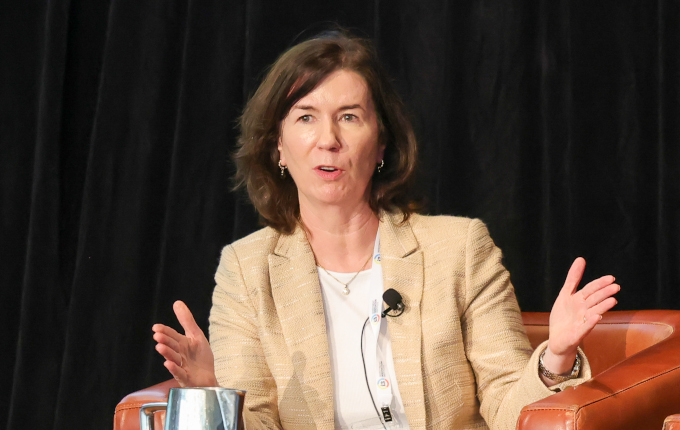The loss of a limb is often a catastrophic event for an employee, resulting in total and permanent disability. But the humble sea star has found a way to cope with this injury and developed a method to regrow its limbs over time and, in some cases, entire bodies.
They accomplish this by housing most or all of their vital organs in their arms. Some require the central body to be intact to regenerate, but a few species can grow an entirely new sea star just from a portion of a severed limb.
The sea star must first undergo a repair phase to heal the exposed wound. But once the wound is healed, it can begin to generate new cells, which in turn, sparks new growth. This process can take anywhere from several months to years.
This remarkable ability to recuperate can be an inspiration for insurance companies, for whom left tail events occupy much of their thinking in investment strategies.
Like the sea star, investors who are faced with a devastating market event will need a base to regrow their wealth from. They need to ensure that they don’t put all of their eggs in one basket, just like the sea star has multiple arms to regenerate from. And after a period of losses, one needs to consolidate existing holding to develop a strategy for future growth.
At the 9th Insurance Investment Forum for life, general, health and government insurance companies, we will examine some of these issues:
- How insurers cope with crises at a time when fixed income provides little protection.
- Can a more dynamic asset allocation process provide an answer?
- How can we optimise our capital charge budget?
- Has climate risks come to dominate risk management thinking in the wake of the Australian bushfires?






